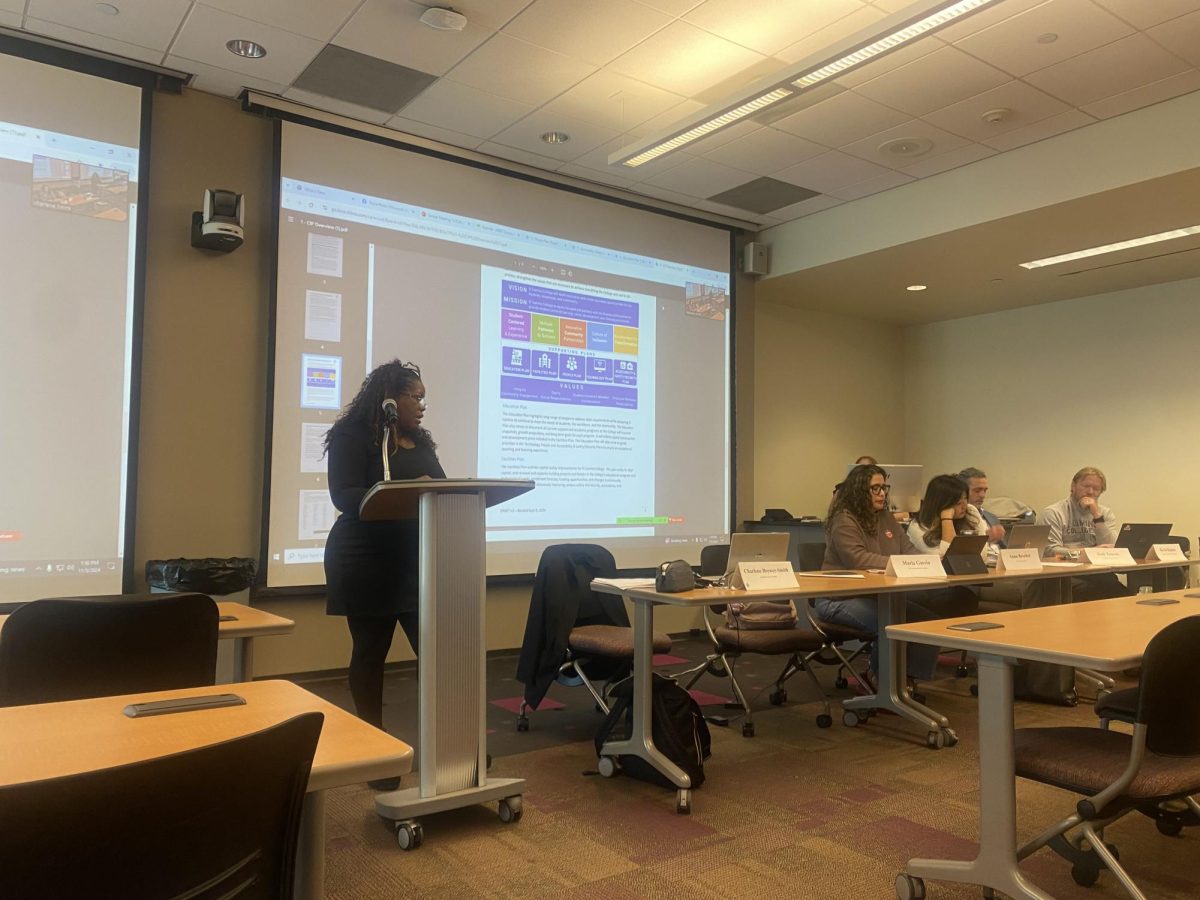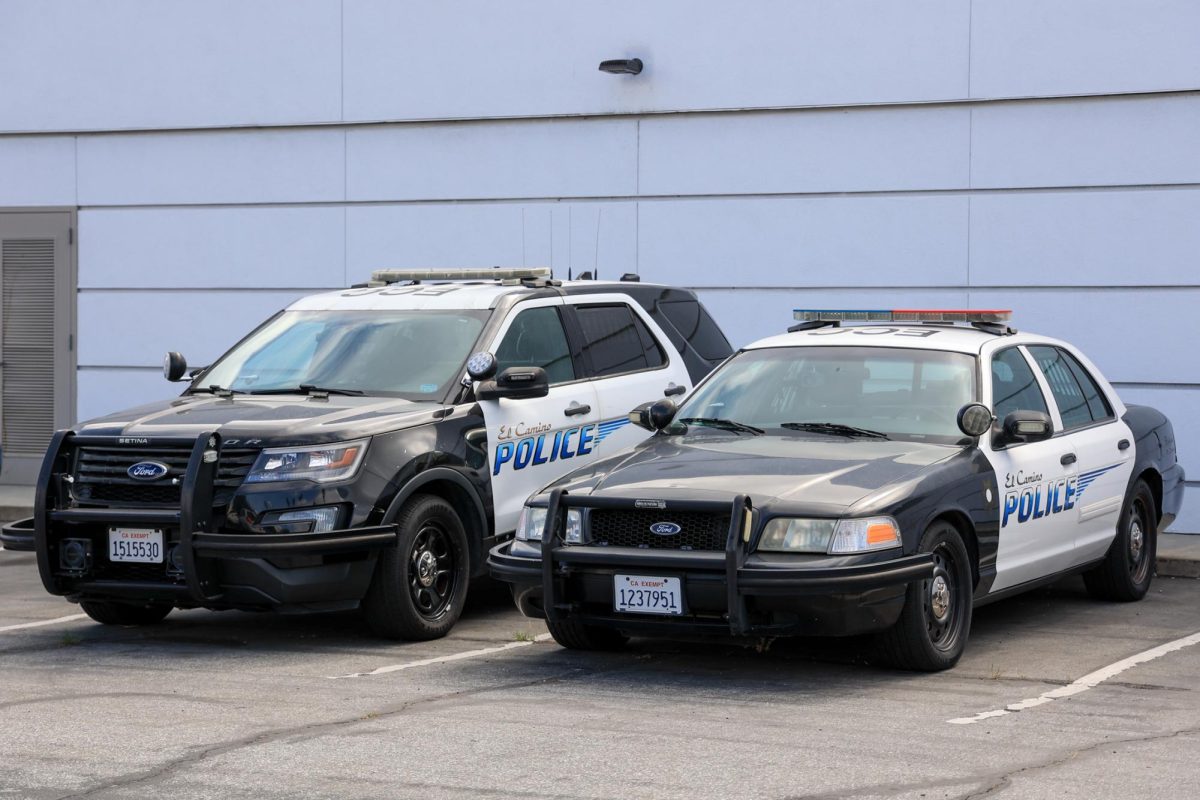While some classes rely on lectures to teach students, film production offers a more hands-on approach.
“As opposed to screening and just lecturing about filmmaking or video production, we’re actually doing it; students are actually operating the equipment,” Kevin O’Brien, film production professor, said.
“You get to play with the toys.”
The first class project this semester was to shoot a 30-second to one-minute-long commercial.
Working in small groups, the class had to, plan what shots to use, secure locations, gather props and costumes, edit the finished product and present it to their peers for a critique.
The group projects included a spoof of the product Head-On, a Tabasco commercial and an iPod commercial.
“The commercial was filmed right in front of the Music Hall and the budget was only $5,” Adrien Jennings, 19, film production major, said. “I just happened to have an iPod nano and I used it as a prop.”
The class uses semiprofessional mini-DV cameras with the accompanying equipment such as tripods, dollies, lights, flags, nets and scrims.
In more advanced classes like camera/lighting or editing, they use more complex equipment like grip gear and the software Final Cut Pro.
“We are not a full-fledged studio yet, but we can do the fundamentals and this is what we really focus on,” O’Brien said.
While the class cannot make a film on a Hollywood scale, it does take the Hollywood style approach.
This involves the idea of invisible shooting, in which a filmmaker attempts to control the camera and the events in front of it to make the audience feel as if it is watching a perfunctory production.
“We have done all the steps of film: pre-production, planning, production, and post-production,” Andrew Borstel, film student, said.
With the production class, as well as other film classes offered, students view films with a critical eye.
“Now that film is 110 years old internationally, we have got a little more distance from some of the early film pioneers and the different trends that came out of Europe and Asia. We can look at these as cultural artifacts that say something about ourselves,” O’Brien said.
“You can learn history, economics and politics all through studying these texts that come out of these various epochs in film history.”
As film students progress and possibly move on to film schools or universities, they may wish delve into more specialized positions in the film industry.
Students learn to work together as a crew, to share ideas and to give direction.
“Sometimes, you have someone who wants to be the alpha dog and you have to know when to fight and when to back down. There is always a bit of controversy each semester, but I try to get them to work professionally and collegially with each other,” O’Brien said.
O’Brien and his students encourage anyone who is interested in film production to take the next step.
“If you get the bug and get hooked like a lot of students do, you’ll find your interests as you progress,” O’Brien said.
Similarly, Jennings claims that film production has a wide range of career opportunities.
“If you always wanted a career in video production, this is how you start. Just pick up the camera and start shooting,” Jennings said.








